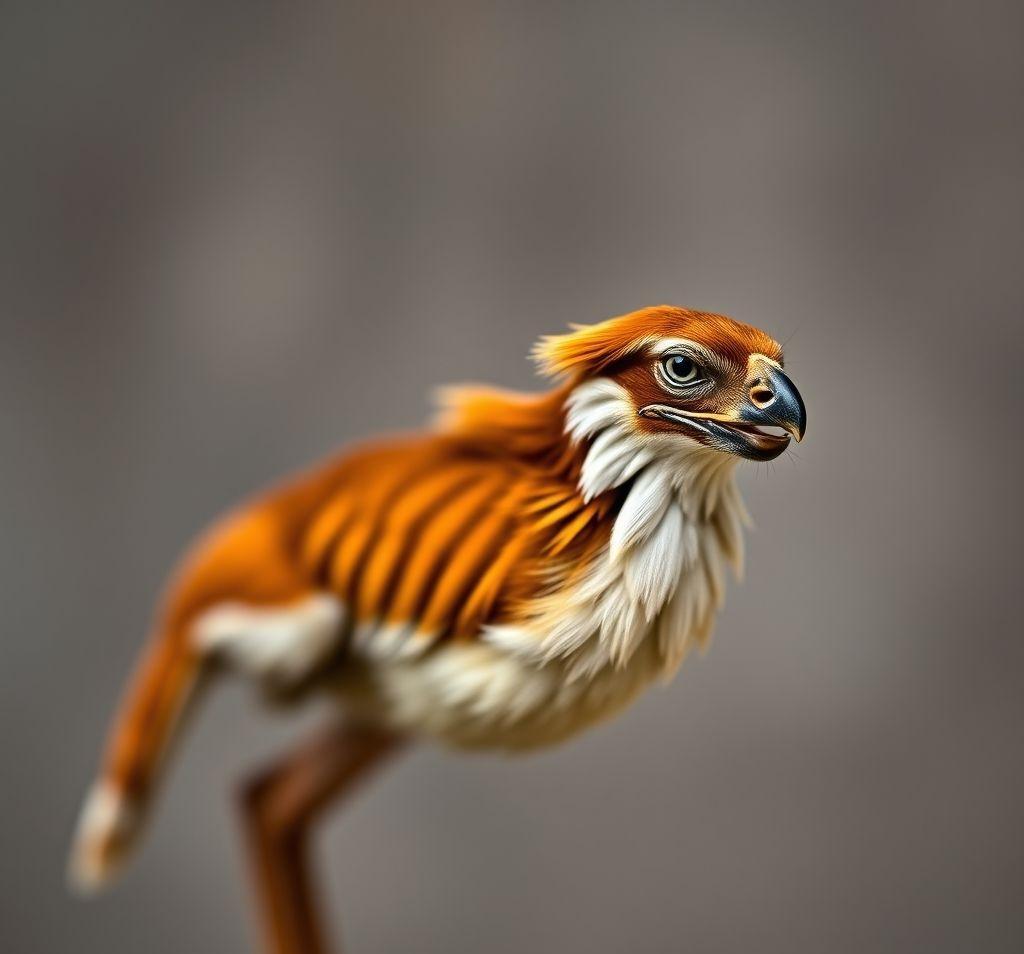
NFT trading cards have exploded in popularity, offering a new way to collect and invest. But with so many projects, understanding value can be tricky. This guide breaks down the key factors influencing an NFT trading card’s price: rarity, the artist’s reputation, and the strength of the community surrounding the project. Master these elements, and you’ll be valuing NFTs like a pro in no time.
Decoding Rarity: More Than Just Numbers
Rarity is often the first thing collectors consider, and for good reason. Scarce NFTs are generally more valuable. But rarity isn’t always straightforward. It’s not simply about the total supply of a card. Instead, focus on specific attributes and their distribution.
- Attribute Rarity: Within a collection, certain attributes (e.g., specific background colors, accessories, or character traits) might be rarer than others. Projects often provide rarity charts or tools to help you identify these traits. Analyze these charts carefully. A card with multiple rare attributes is usually more desirable.
- Tiered Rarity Systems: Some projects employ tiered rarity systems (e.g., Common, Uncommon, Rare, Epic, Legendary). Understand how the tiers are defined and the distribution within each tier. A card at the top tier will typically command a premium.
- Hidden Rarity: This refers to attributes that are deliberately kept secret or are discovered organically within the community. For example, a card might reference a specific in-joke or inside information. These hidden rarities can significantly boost a card’s value among dedicated fans.
- Beware of Artificial Rarity: Some projects create artificial scarcity by releasing new, “rare” versions of existing cards. This can dilute the value of the original collection and damage the project’s long-term credibility. Research the project’s history and roadmap to identify potential red flags.
Remember, rarity is only one piece of the puzzle. A rare card from a poorly designed project with a weak community is unlikely to hold significant value.
The Artist’s Impact: Reputation and Provenance
The artist behind the NFT plays a crucial role in determining its value. A well-known and respected artist can instantly elevate a collection’s desirability. Consider these factors:
- Reputation and Track Record: Has the artist created successful NFT projects in the past? What is their reputation within the broader art world? Research their previous work and their engagement with the community.
- Artistic Style and Innovation: Is the artist’s style unique and recognizable? Are they pushing the boundaries of NFT art? Innovative and visually appealing art is more likely to attract collectors.
- Collaboration and Partnerships: Has the artist collaborated with other notable figures in the NFT space or the traditional art world? Collaborations can introduce the artist to a wider audience and boost their profile.
- Provenance: Understanding the origin and history of the artwork is important. Was it created specifically for the NFT space, or is it a digital representation of a pre-existing physical artwork? Documented provenance adds credibility and can increase value.
Even lesser-known artists can gain recognition and value if their work resonates with the community and demonstrates artistic merit. Look for artists who are actively engaging with collectors and building a strong online presence.
Community Strength: The Heart of NFT Value
A strong and engaged community is essential for the long-term success of any NFT project. The community drives demand, creates buzz, and provides ongoing support. Here’s how to evaluate a project’s community:
- Active Engagement: Are members actively participating in discussions, sharing their artwork, and supporting each other? Look for vibrant Discord servers, active Twitter accounts, and engaged Reddit communities.
- Community Leadership: Are the project founders and moderators actively involved in the community? Are they responsive to feedback and transparent about their plans? Strong leadership fosters trust and encourages participation.
- Community Benefits: Does the project offer tangible benefits to community members, such as exclusive access to future drops, discounts, or governance rights? Rewarding community participation strengthens loyalty and encourages long-term engagement.
- Sentiment Analysis: Pay attention to the overall sentiment within the community. Are members generally positive and enthusiastic about the project? Or are there signs of discontent or negativity? Community sentiment can be a leading indicator of a project’s future success.
A thriving community can create a positive feedback loop, driving demand, increasing value, and attracting new members. Conversely, a weak or toxic community can quickly erode a project’s appeal.
Putting It All Together: Finding the Right Price
Evaluating an NFT trading card’s value requires a holistic approach. Consider rarity, the artist’s reputation, and the strength of the community. Don’t rely solely on rarity charts or floor prices. Do your own research, analyze market trends, and understand the nuances of each project. Ultimately, the value of an NFT is subjective and depends on what collectors are willing to pay. By combining data-driven analysis with an understanding of market sentiment, you can make informed decisions and navigate the exciting world of NFT trading cards like a seasoned pro.




No Comments